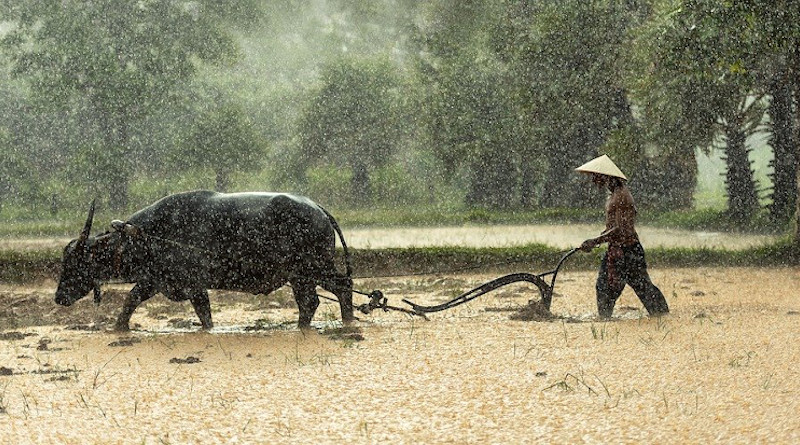How Cambodia’s Agricultural Lending Can Get A Bigger Bang For Its Buck – Analysis
By Nith Kosal*
Agriculture remains an important sector in the developing world. In Cambodia, it is one of the top three economic sectors. But for a long time the sector has faced several critical barriers. One such barrier is the gap between farmers and financial support, and the failure of the Agricultural and Rural Development Bank (ARDB) grant-credit program to bridge it.
The ARDB is a public bank that aims to contribute to the development of agriculture and the rural economy. But the bank seems to be moving away from this goal.
The bank’s subsidies have focussed mainly on rice (76 per cent of total credit in 2019), especially funding for rice storage, drying facilities and collecting purchase paddy from farmers. Yet most of the firms that receive ARDB funding are medium-sized enterprises that are operated by knowledgeable people who are able to independently find funding sources from private banks and who are members of the Cambodia Rice Federation. These firms collect fragrant paddy and are exporting rice to markets around the world.
The government wants to reduce rice production costs for exporters and help farmers benefit from the sale of paddy at reasonable prices. But most agricultural producers and traders have not benefited from this subsidy program, including farmers that produce different products as well as traders exporting white paddy to neighbouring markets.
White rice producers in Takeo province claim that, because of a lack of collateral, they are forced to borrow from informal institutions with high interest rates of 7–10 per cent per month. They use these loans during the short planting season. Meanwhile they often also owe local traders for production materials. Their ability to repay debt is dependent on the success of the harvest season.
ARDB loans for working capital and investment projects have an interest rate of only 5 per cent and 5.5 per cent per year, respectively, while private banks have interest rates of about 18 per cent.
For the ARDB to contribute to the farming sector more effectively, it should provide loans to a broader cross-section of primary producers and create a new system in the form of an agriculture hub. This hub would allow stakeholders to facilitate and hold up agricultural investment. This could involve providing loans with technical assistance and other forms of support, rather than just loans themselves. This mechanism has proven useful in the United States, Canada and other developed agricultural countries.
Developing countries face many great challenges in agricultural development. Recent studies show that Cambodia’s agriculture still suffers from a lack of physical and virtual agricultural infrastructure, low labour productivity, a lack of technical equipment, high rental costs, high production costs, uncertainty, challenges in accessing financing, and a lack of effective leadership.
Cambodian farmers are in general need of support to reduce production costs, build irrigation infrastructure, prevent pest damage, build farms resilient to climate change, and ensure high yields. Their actual needs also vary depending on the type of crop they produce, the animals they raise and the particular circumstances they face.
The ARDB should compile and categorise customer information into regional groups and business types to make it easier to assist farmers through defined strategies. Cambodia could prepare a team of technical experts from the Ministry of Agriculture, Forestry and Fisheries to collaborate with the ARDB. This team may provide agricultural assistance, practical training and business consultation.
When new customers come to borrow, bank credit officers could provide more detailed information about loan terms and customer support through this agricultural hub framework. Farmers and investors generally understand their financial challenges and the type of support they would need, but until now the support has been mostly absent. The public bank could act as an effective mediator to facilitate the coming together of borrowers and financial supporters. Clients may gain the power to communicate and seek assistance from bank stakeholders — agricultural and finance businesses that are members of the bank and that may be able to provide expertise and assistance to the farmers that need it.
While credit processes and administrative services must be timely, reasonable, reliable and secure, government-owned banks should improve their processes by adopting new technology, including mobile applications, to allow borrowers to fill out loan and savings forms, conduct financial transactions and find information about their loans online.
Failure or success in the agricultural sector depends primarily on markets. A new hub would allow farmers to gain better access to information, as well as find new markets and trading and finance partners.
*About the author: Nith Kosal is a Junior Research Fellow at Future Forum, Phnom Penh.
Source: This article was published by East Asia Forum. This article is drawn from the author’s recent paper Government Ownership of Banks: Diversifying of Potential Products and Factors to Subsidize Agriculture.

